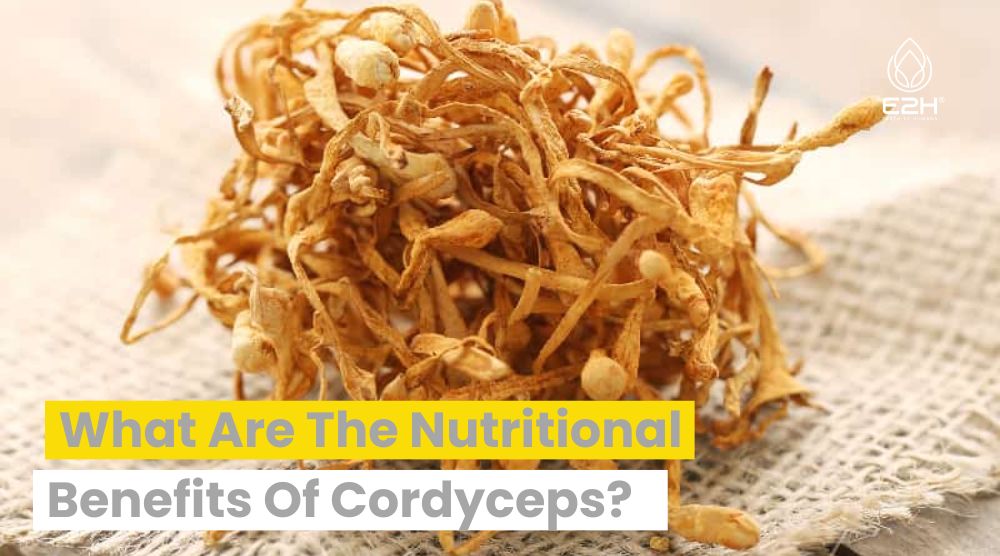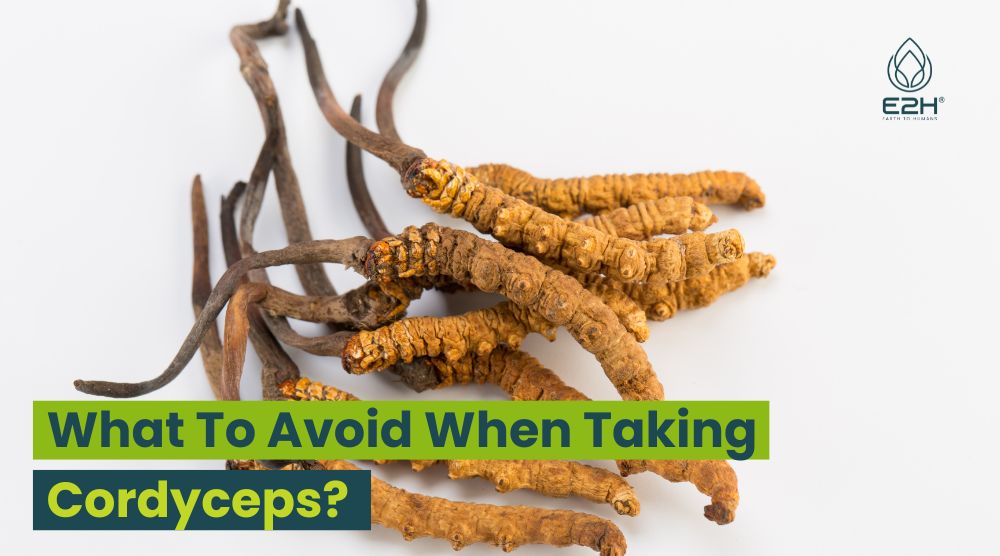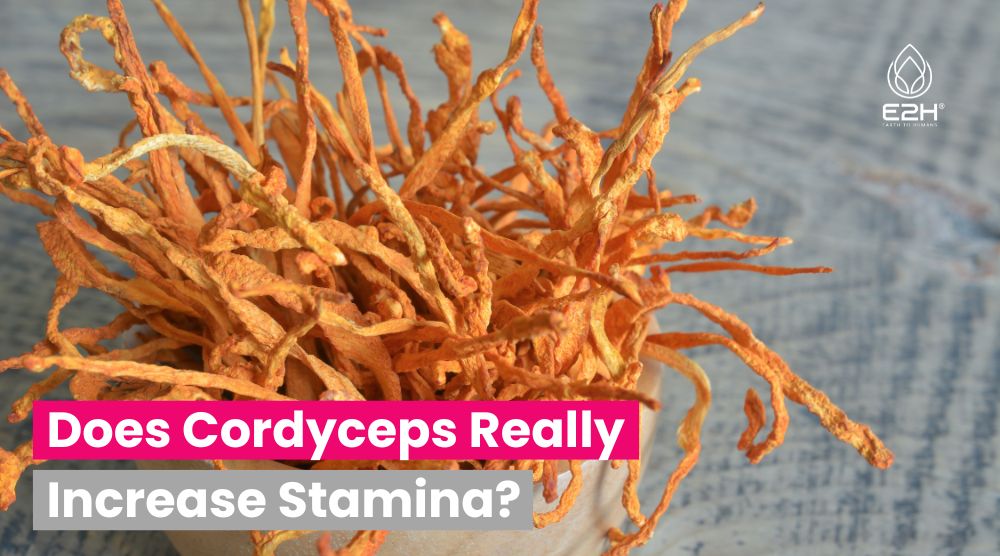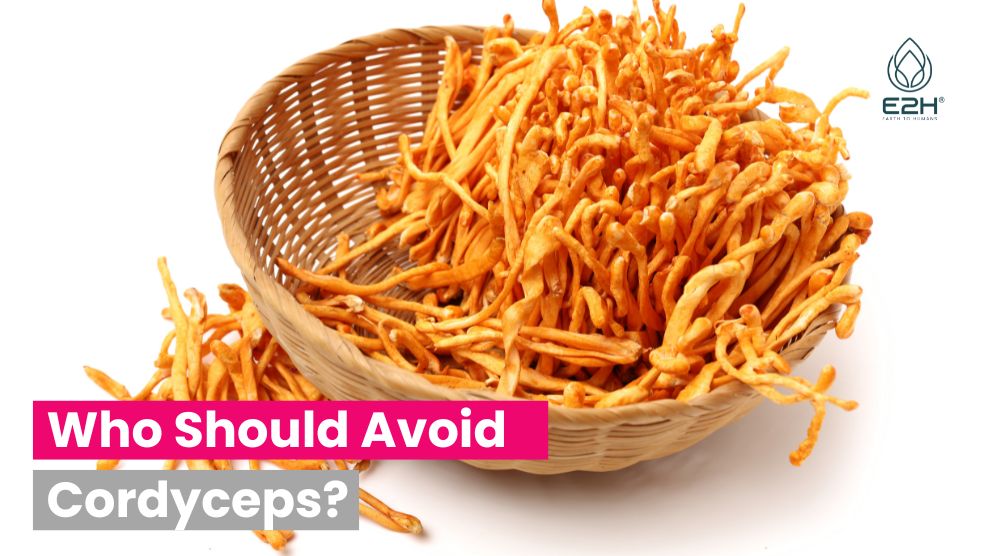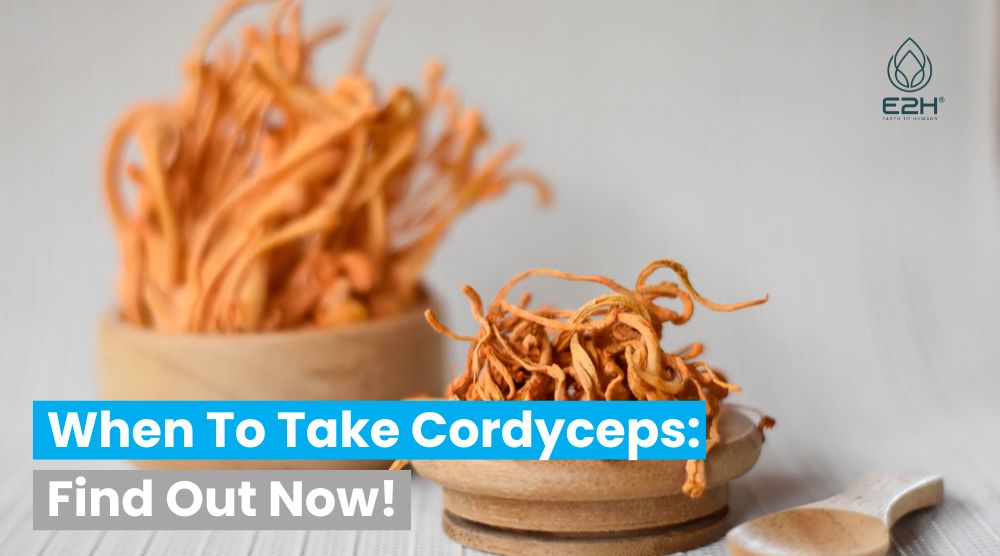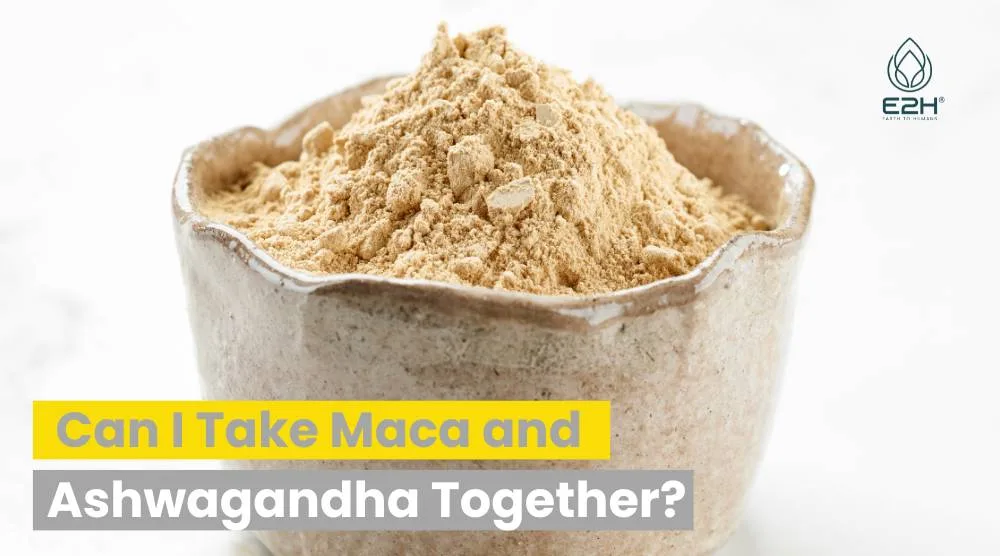Yes, cordyceps can be utilized in both sweet and savory dishes, offering a unique, earthy, and slightly nutty flavor that enhances and complements various culinary creations.
you’re crafting a savory soup or whipping up a sweet smoothie, cordyceps introduce a layer of complexity and depth to your creations. Let’s explore the versatile applications of cordyceps in the kitchen, shall we?
Can Cordyceps Be Used In Both Sweet And Savory Dishes?
Absolutely, cordyceps exhibit a versatile flavor profile that allows them to be a delightful addition to both sweet and savory dishes. Their slightly nutty, earthy, and subtly bitter taste can enhance a variety of culinary creations. In savory dishes, cordyceps can add a rich, umami depth, complementing ingredients like garlic, ginger, and soy sauce, especially in broths and stews.
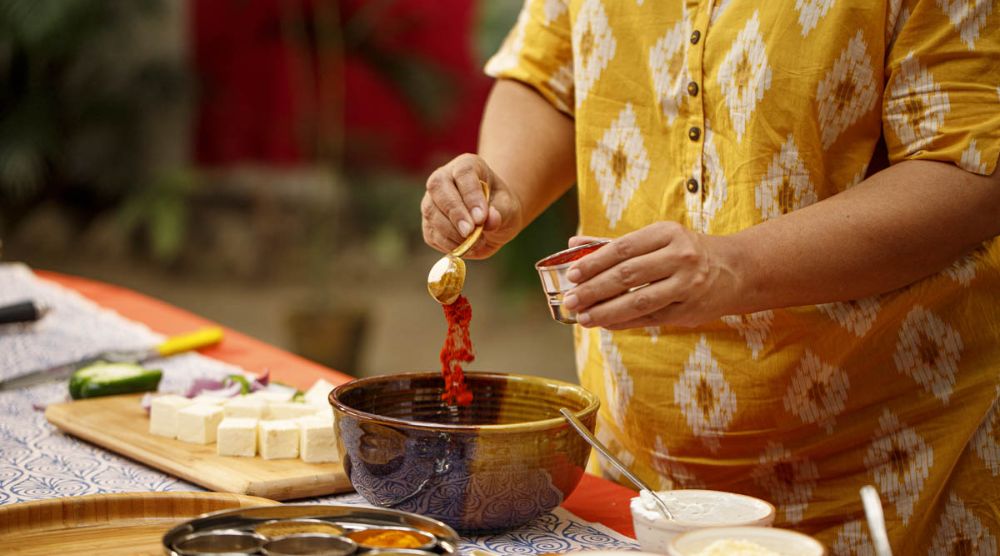
On the other hand, when incorporated into sweet dishes, such as smoothies or desserts, cordyceps can introduce a unique, complex note that pairs wonderfully with chocolates, fruits, and nuts. The adaptability of cordyceps in various recipes not only elevates the flavor but also introduces potential health benefits, making them a valuable ingredient in the culinary world.
How do Cordyceps affect the flavor of savory dishes?
Cordyceps mushrooms introduce a distinctive, earthy flavor to savory dishes, enhancing them with a rich and slightly nutty undertone. Their unique taste profile brings a depth and complexity to a variety of savory creations, from soups to stir-fries. For instance, w
When added to a broth, cordyceps contribute a robust, umami-rich layer that intensifies the overall savoriness of the dish. In stir-fries, the mushrooms can harmonize with other ingredients, providing a subtle bitterness that balances well with the sweetness of vegetables and the saltiness of sauces.
The inclusion of cordyceps in savory dishes not only elevates the culinary experience by adding a gourmet touch but also infuses the meal with an additional nutrient boost.
How is Cordyceps used in cooking?
Cordyceps can be utilized in cooking in various forms and methods, catering to the dish’s requirements and the chef’s preferences. Here are a few ways:
- Powder Form: Cordyceps can be ground into a powder and used as a seasoning, enhancing dishes like soups, stews, and sauces with its earthy flavor.
- Fresh or Dried: They can be used in their whole form in stir-fries, sautés, and other dishes, contributing a chewy texture and rich flavor.
- In Beverages: Cordyceps powder can be added to drinks like smoothies, teas, and coffees, providing a subtle, earthy note and potential health benefits.
- In Desserts: The powder can also be incorporated into sweet dishes, such as energy balls or smoothie bowls, adding a nutritious element without overpowering the sweetness.
- In Baking: Cordyceps can be integrated into baked goods, like bread and pastries, offering a unique flavor twist and nutritional enhancement.
Are there any traditional recipes that incorporate Cordyceps?
Yes, cordyceps have been utilized in traditional Asian cuisine and medicine for centuries, particularly in China and Tibet. Traditional recipes often leverage the unique, earthy flavor of cordyceps in various soups and stews.
A classic example is the traditional Chinese “Cordyceps Chicken Soup,” where cordyceps are simmered with chicken, goji berries, and other herbs, creating a nourishing broth believed to offer various health benefits.
Similarly, in Tibetan cuisine, cordyceps are often brewed into teas or used in traditional medicine soups, aiming to harness their reputed properties for enhancing vitality and supporting respiratory health. These traditional recipes often emphasize slow-cooking methods to extract the beneficial compounds from the whole cordyceps flower.
Can Cordyceps be a versatile ingredient in the kitchen?
Indeed, cordyceps can be a remarkably versatile ingredient in the kitchen, offering a distinctive flavor and potential health benefits to a variety of dishes. Their slightly nutty and earthy profile allows them to blend seamlessly into both sweet and savory culinary creations.
From being a robust addition to soups, stews, and stir-fries to being a subtle, nutritious enhancer in smoothies and desserts, cordyceps can navigate through diverse cooking styles and dish types.
Additionally, cordyceps can be used in various forms, such as whole, dried, or powdered, providing chefs with the flexibility to incorporate them into dishes in ways that best complement the other ingredients and the desired final flavor profile.
What are some popular Cordyceps recipes?
Cordyceps have found their way into numerous recipes, ranging from traditional broths to contemporary dishes. Some popular cordyceps recipes include:
- Cordyceps Umami Broth: A savory broth utilizing cordyceps powder, soy sauce, garlic, and ginger, offering a rich, umami flavor.
- Cordyceps Energizing Smoothie: A blend of cordyceps powder, banana, blueberries, chia seeds, and almond milk, providing a nutritious and flavorful start to the day.
- Cordyceps Infused Tea: A soothing beverage combining cordyceps powder, green tea leaves, honey, and lemon, offering a refreshing and potentially health-boosting drink.
- Cordyceps Onion Flatbread: A savory baked good that incorporates cordyceps into a flavorful onion flatbread recipe.
Are there any culinary tips for cooking with Cordyceps?
When cooking with cordyceps, considering a few culinary tips can enhance the flavor and preserve the potential benefits of this unique ingredient:
- Balancing Flavors: Pair cordyceps with ingredients that complement their earthy, slightly bitter profile, such as garlic, ginger, and soy in savory dishes or chocolate and fruits in sweet creations.
- Form Matters: Decide whether to use cordyceps in whole, dried, or powdered form based on the recipe. Powdered cordyceps provide a subtle flavor and can be easily mixed into drinks and doughs, while whole or dried cordyceps offer a chewy texture suitable for soups and stews.
- Cooking Time: Cordyceps can be simmered for extended periods in broths to extract their flavor and beneficial compounds, while in baked goods or smoothies, cordyceps powder can be added without the need for prolonged cooking.
- Storage: Ensure to store cordyceps in a cool, dry place to preserve their quality and potency.
Can I substitute Cordyceps for other ingredients in recipes?
Yes, cordyceps can be substituted for other mushrooms or ingredients in recipes, though it’s vital to note that they have a unique flavor profile that is earthy and slightly bitter. When substituting cordyceps for other mushrooms, such as shiitake or maitake, consider the distinct taste they will bring to the dish.

In recipes where mushrooms are not the primary ingredient, cordyceps can often be substituted without significantly altering the dish. However, in other recipes, where mushrooms are the star, such as a mushroom risotto, substituting cordyceps may introduce a new flavor dynamic, creating a different, yet potentially delightful culinary experience.
Are there any cultural or regional cuisines that use Cordyceps in their dishes?
Cordyceps are notably used in Asian cuisines, particularly within Chinese and Tibetan cooking, where they are esteemed for their purported health benefits as well as their distinctive flavor. In traditional Chinese medicine and cuisine, cordyceps are often used in soups and broths, paired with ingredients like chicken and goji berries, aiming to enhance vitality and overall wellness.
Similarly, in Tibetan culture, cordyceps are utilized in traditional dishes and medicinal preparations, often brewed into teas or incorporated into soups. These regional cuisines utilize cordyceps not only for their unique, earthy flavor but also to harness their reputed health-enhancing properties.
Are there any dietary restrictions or considerations when using Cordyceps in recipes?
Cordyceps are fungi and are generally considered safe for most dietary patterns, including gluten-free, paleo, and ketogenic diets, due to their low carbohydrate content and absence of gluten. However, individual considerations may arise based on specific health conditions or dietary preferences.
Those with mushroom allergies or intolerances should avoid cordyceps. Additionally, while both dried mushrooms and cordyceps mushrooms are utilized in traditional medicine and are often touted for their health benefits, individuals with specific health conditions or those who are pregnant may wish to consult a healthcare professional to ensure cordyceps are a suitable addition to their diet.
Can Cordyceps be used in vegetarian or vegan dishes?
Absolutely, cordyceps can be a wonderful addition to vegetarian and vegan dishes, providing an umami, earthy flavor that can enhance a variety of recipes. They can be utilized in plant-based soups, stews, stir-fries, and even smoothies.
Cordyceps can serve as a flavorful ingredient that adds depth to vegetarian and vegan dishes, potentially providing additional nutritional and health benefits. From a savory, cordyceps mushroom and tofu stir-fry to a sweet cordyceps-infused smoothie, this versatile mushroom can be incorporated into numerous vegetarian and vegan recipes, contributing its unique flavor and reputed wellness properties.
Are there any potential side effects or allergies associated with Cordyceps in food?
While cordyceps are generally considered safe for consumption, some individuals may experience side effects or allergic reactions. Potential side effects can include digestive upset, dry mouth, or mild nausea.
Allergic reactions to cordyceps, though rare, can occur and may present symptoms like itching, swelling, dizziness, or difficulty breathing.
Additionally, due to their natural properties and effects on the immune system, individuals with autoimmune conditions or those taking specific medications, such as blood thinners or immunosuppressants, should approach cordyceps with caution and potentially consult a healthcare professional. Always prioritize safety and be mindful of individual dietary needs and health conditions when introducing new ingredients like cordyceps into your diet.
Can cordyceps mushrooms be used in dessert recipes?
Certainly, cordyceps mushrooms can be innovatively used in dessert recipes, offering a unique, earthy nuance to sweet treats. Their slightly nutty and subtly bitter flavor profile can complement and balance the sweetness of desserts, providing an intriguing taste experience.
Cordyceps can be incorporated into desserts in various forms, such as powders or extracts, and can be blended into smoothies morning coffee, mixed into chocolate truffles, or even used to infuse creams and custards.
A cordyceps-infused chocolate mousse or a cordyceps and berry smoothie can introduce cordyceps ability with not only a distinctive flavor but also incorporate the potential health benefits of this fascinating fungus into delightful dessert creations.
How does mushroom powder affect the taste of a dish?
Mushroom powder, derived from dehydrated and ground mushrooms, imparts a rich, umami flavor to dishes, enhancing their savory depth and complexity. The earthy and slightly woody notes of mushroom powder can elevate various recipes by adding a layer of robust flavor that intensifies the overall taste experience.
It can be used to heighten the savoriness in soups, stews, sauces, and gravies, or to provide a subtle, earthy undertone to baked goods and beverages. Mushroom powder doesn’t just contribute to the flavor but also adds a nutritional boost to dishes, making it a valuable ingredient for culinary explorations where an additional layer of savoriness and nutrition is desired.
Can medicinal mushrooms be used in everyday recipes?
Yes, medicinal mushrooms can be seamlessly incorporated into everyday recipes, providing both their unique flavors and potential health benefits to a variety of dishes. From shiitake to reishi, medicinal mushrooms can be used fresh, dried, or in powdered form in a myriad of recipes, such as soups, stir-fries, teas, and even baked goods.

Shiitake mushrooms might be sautéed and added to pasta dishes, while reishi mushrooms and mushroom powder can be mixed into smoothies or used to infuse broths. The incorporation of medicinal mushrooms into daily meals allows for the exploration of diverse flavors while also integrating the reputed wellness properties of these fungi into regular dietary patterns.
What is the process to add the cordyceps to a savory broth?
Adding cordyceps to a savory broth involves a simple process that allows the mushrooms to infuse their unique flavor and potential benefits into the liquid. Here’s a basic cordyceps taste of guide:
- Preparation: If using whole cordyceps, clean them thoroughly. If using powdered, measure the desired amount.
- Simmering: Add the cordyceps to your broth (whether it be vegetable, chicken, beef, or another base) during the simmering process. Allow the broth to simmer for an extended period, typically between 1-3 hours, to extract the flavors and compounds from the cordyceps.
- Straining: If using whole cordyceps, strain the broth to remove them before serving or utilizing in recipes.
- Seasoning: Adjust the seasoning of the broth as needed, considering the earthy flavor contribution of the cordyceps.
FAQs
How do cordyceps enhance the flavor of sweet dishes?
Cordyceps add a nuanced, earthy, and slightly nutty flavor to sweet dishes, complementing and balancing the sweetness with their subtle bitterness.
What are some examples of sweet and savory dishes featuring cordyceps?
Sweet dishes might include cordyceps-infused smoothies or desserts, while savory options could be cordyceps broths, stir-fries, or pasta dishes.
Is it common to use cordyceps in baking recipes?
While not extremely common, cordyceps can be used in baking, often in powdered form, to add a unique, earthy flavor to baked goods.
Can cordyceps be paired with spicy flavors in savory dishes?
Yes, cordyceps can be paired with spicy flavors, as their earthy notes can complement and mellow the heat, creating a balanced flavor profile.
How should cordyceps be stored for culinary use in various dishes?
Cordyceps should be stored in a cool, dry place, preferably in an airtight container, to preserve their flavor and potency for culinary use.
Conclusion
In the vast landscape of culinary exploration, cordyceps have emerged as a versatile and beneficial ingredient, effortlessly enhancing both sweet and savory dishes with its unique flavor profile. From enriching your morning smoothie to intensifying the depth of your evening broth, cordyceps weave a tapestry of rich, earthy notes across various recipes. As we explore the myriad of ways to incorporate this fascinating fungus into our meals, we discover not just a world of flavors, but also a path to potential wellness and vitality.


